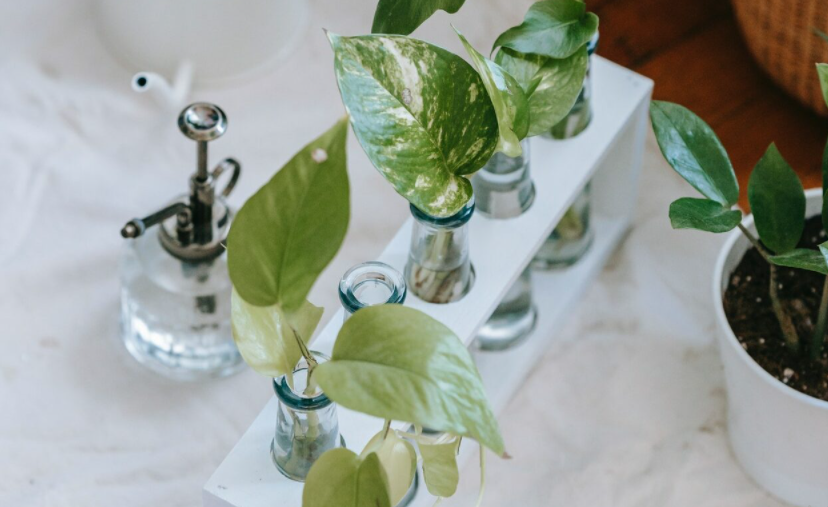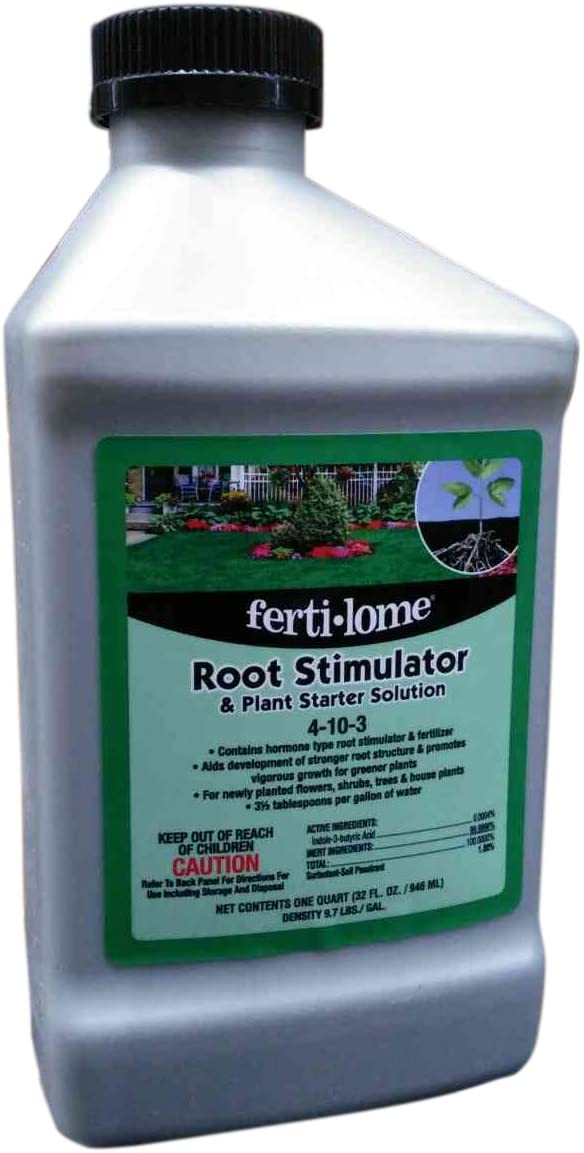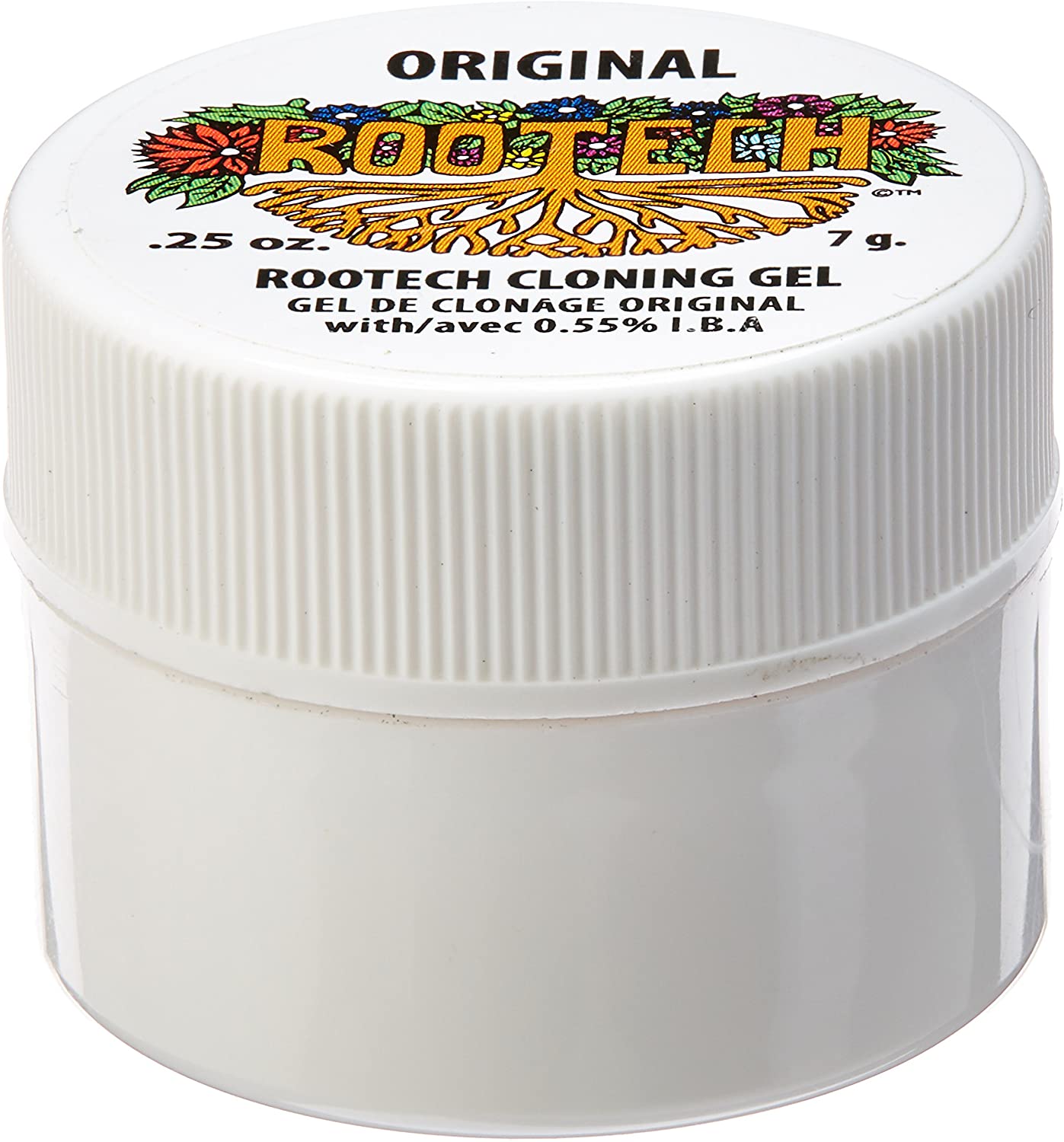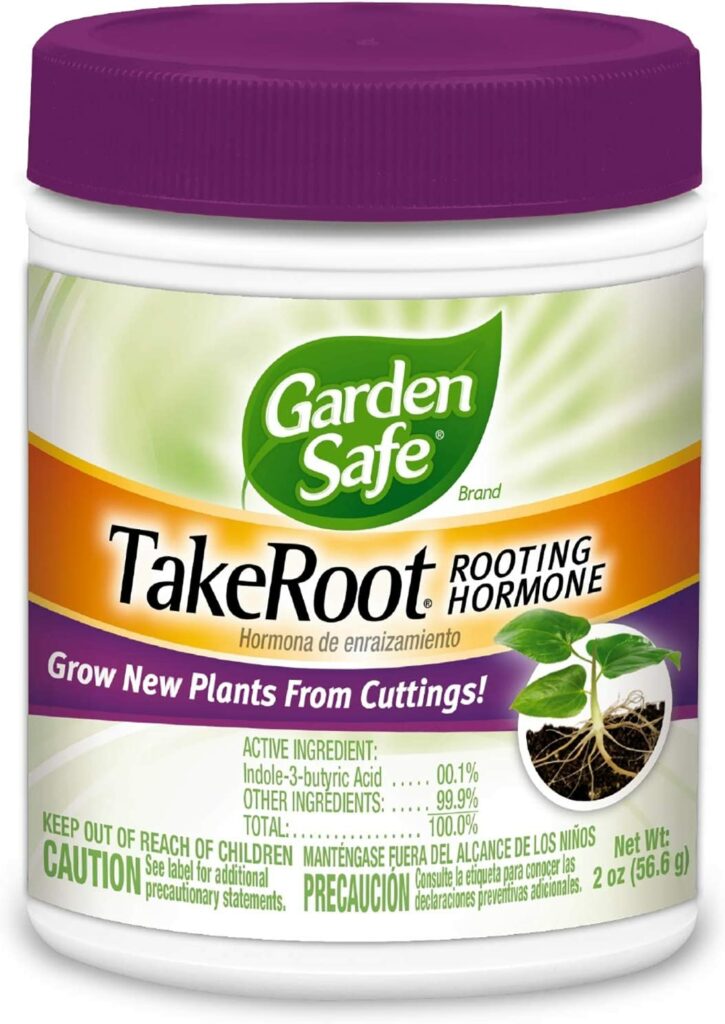- 11 Best Long Planter Boxes to Enhance Your Garden With - January 5, 2024
- Best Bulb Planters That You Should Consider for Your Garden - January 5, 2024
- Best Fiberglass Planters That Will Look Marvelous In Your Home - December 31, 2023
Whether you’re a committed gardener or just trying out how green your thumb is, you will have heard about root stimulators. You might have come across these products while browsing at your local nursery or researching about your latest plant purchases. You might have asked yourself how you can get your hands on the best root stimulators available right now.
Check the label and see if they have the rooting hormones that are derived from plants. Check to see if indole butyric acid, or IBA, is listed as the product’s active ingredient. If you are strictly looking for a product that can strengthen the roots of your plants, choose a liquid-based product because that’s the easiest way to apply root stimulators.
Some confusion comes from having several products that act like root stimulators, even having the same active ingredients. If you’re searching for a product that can help your cuttings take root, choose a rooting hormone.
This nifty guide will assist you in understanding the difference between root stimulators and rooting hormones, which are highly similar but are used for different purposes. Grab a chair and find out how to find the best root stimulators out there.
What Is a Root Stimulator and Does It Work?

Root stimulators make your plants healthier, so it’s really one of the first things you should buy once you have your plants in order. These products can encourage your plants’ roots to produce new hairs and branch out faster, so they cover a bigger area under the soil.
Root stimulators contain hormones that plants create when they are developing roots. According to this Pune Mirror article, the hormone you should look for in root growth stimulators is auxins.
Auxins encourage root growth in cuttings and are naturally produced by plants for the same reason. As such, the best root stimulator will have ingredients that are derived from different plants. Different kinds of rooting stimulators use a variety of hormones as their active ingredients, such as
- Indole acetic acid
- Indole butyric acid
- Naphthalene acetic acid
Indole Acetic Acid
You’d rarely find root stimulators that use IAA as the active ingredient. This is because this auxin can have varying effects. Low concentrations of IAA can encourage root growth, while higher amounts of this auxin can inhibit root growth.
Naphthalene Acetic Acid
This hormone is especially effective in inducing root growth in cuttings. NAA is also shown to be effective in rooting plants that other auxins cannot.
Indole Butyric Acid
These auxins are usually sold in gel or powdered form. You cannot go wrong with indole butyric acid because it works balanced to encourage root growth. What’s more, IBA encourages lateral root development. Instead of developing roots that go deeper into the soil, IBA helps roots go horizontally. As such, the new roots are closer to the surface, where they can readily access oxygen.
Roots and Oxygen
Plants need oxygen, and even when buried underground, the roots will also need to breathe. The roots absorb the oxygen that’s trapped in the air pockets in the soil. The oxygen is used by the roots’ cells to carry out what they do and keep the roots alive. This is the reason why the roots can drown when you overwater them.
To help your plants’ roots survive longer, it helps to have a wide network of roots closer to the surface where they can easily get oxygen from the air. What’s more, root stimulators will urge your plant to produce more roots that can get into more places with more air spaces.
Root Stimulators vs Rooting Hormones

Most people use these two products interchangeably, and there’s no surprise there, given that some rooting stimulators use rooting hormones as part of their ingredients. But there is a real difference.
Rooting stimulators are applied to existing roots. These products help make the root systems of your plants stronger, with more hairs and branches. Meanwhile, if you have cuttings that you’d like to root, you will be better off buying a rooting hormone. These products are applied to the cuttings to encourage them to root.
Nevertheless, you can probably use a root stimulator when growing your cuttings. For the most part, it does depend on the plant that you’re trying to propagate. Cuttings from softwood plants such as pothos, coleus, kalanchoe, and portulaca will grow roots without any help. But there are hardwood plants that may present a challenge for you.
If they fail to root, rooting hormones might do the trick. If you have tried and failed to propagate roses, hibiscus, ixoras, or bougainvilleas from cuttings, then buy a root stimulator, and it might just do the trick.
Powdered, Gel, or Liquid? Which Form Is the Best?
Root stimulators often come in liquid form because it’s the most convenient way to apply i. You can mix it with water or use the product undiluted. Pour it over the soil, just like when you’re watering your plants.
For stem cuttings, you’d find it easier to just dip the cutting in the gel or roll it in powder. However, some users caution that you should have some protective gear when working with powder as it can get into your eyes or stay on your skin.
The Best Root Stimulator You Can Buy Right Now
Now that you have an idea of what to look for in a root stimulator, here are some of the products we recommend that you try.
Root Stimulator

If you want your plants to have healthier roots, then buy a root stimulator. These products act like fertilizers, but instead of forcing your plant to grow the leaves and the stems, root stimulators encourage the roots to branch out, develop new hairs and new growths.
Fertilome 10645 Root Stimulator and Plant Starter Solution

The Fertilome 10645 Root Stimulator and Plant Starter Solution gives your plants a stronger and sturdier root system. It also encourages your plants to develop strong roots while coaxing new ones.
If you need to report your plants, this product can help protect them from shock. The active ingredient is IBA. What’s more, this product is also a fertilizer with a nitrogen, phosphorus, and potassium ratio of 4 – 10 – 3. You’re making the roots stronger while also encouraging your plant to grow.
Pros
- Easy to apply because it’s in liquid form, follow instructions on the right level of dilution
- Root stimulator and fertilizer in one product
- Best for houseplants, shrubs, roses, annuals, trees, perennials
Cons
- You cannot use this when your plant is dormant because of the fertilizer component.
Use every time you plant trees, shrubs, roses, annuals and perennials to stimulate early root formation and stronger root development. Reduces transplant shock and promotes greener, more vigorous plants.
Moon Valley Nurseries Super Charged Moon Juice

Moon Valley Nurseries Super Charged Moon Juice boosts the roots of your plants, trees, palms, succulents, agave, and practically all plants. It can make the root system stronger, keeping your plants safer from transplant shock, heat, or cold.
This product contains enzymes and amino acids to make your plants healthier. It can encourage the growth of root hairs. There are also small amounts of nitrogen, zinc, iron, and magnesium. But these nutrients are not enough as this product is meant to be used in conjunction with a fertilizer product. What’s more, healthier roots will help keep your plants from getting attacked by insects, fungi, and diseases.
Pros
- It can be used for foliage and roots.
- Makes your trees, palms, and other plants root faster while keeping the leaves green.
- Easy to apply, you just mix it with water and pour the solution over the roots.
Cons
- It may be very expensive, plus you will need to use this product for your plants.
- Recommended to be used monthly
Super Charged Moon Juice is designed to maximize the nutrient intake and growth potential of all trees, palms, and plants.
Rooting Hormones
While we make a distinction between rooting hormones and root stimulators, you can use root stimulators when you’re dealing with the whole plant and cuttings. Rooting hormones are better used for cuttings. They’re basically the same stuff, but rooting hormones are better suited for growing roots.
Technaflora Rootech Gel for Plants

Technaflora Rootech Gel for Plants claims to clone the roots of your plants, multiplying them for a stronger and hardy root system. It can encourage faster root development. The gel can easily cover the roots and cuttings, helping you see results in no time. It can also protect your plants from developing root rot. However, some people are complaining about
Pros
- The gel makes it easier to work with
- The product works as advertised and sticks to cuttings really well.
Cons
- The product comes in a small jar.
- The container is not ideal for dipping.
Rootech cloning gel is an exceptional and unique recipe containing a powerful hormone especially formulated to promote rapid, healthy root development.
Garden Safe Brand TakeRoot Rooting Hormone

The Garden Safe Brand TakeRoot Rooting Hormone helps your cuttings root successfully. You just need to moisten the side of your cutting and then stir it in this powder. Stick the cutting in soil, and you’re all set.
Pros
- Ready to use, making applications a breeze
- Allows you to propagate a wide variety of plants via cuttings, including woody ornamentals and roses
- Affordable
- Makes your plants root faster before the leaves can dry out
Cons
- Very few complaints about the plants not rooting at all
- Because it is in powder form, you should be careful that it doesn’t get in your eyes or left on your skin for a long time
Garden Safe brand take root rooting hormone grows new plants from cuttings. Use this powder to grow cuttings from your favorite plants, including African violets, roses, poinsettias, philodendrons, geraniums, Coleus, woody ornamental & most other popular home, Garden & greenhouse varieties.
FAQs
Answer: Now that you know that root stimulators contain hormones found in plants, you might ask if you really need them.
The short answer is yes. Root stimulators encourage your plants’ root systems to be stronger and sturdier. As such, a healthy rooting system will help your plants thrive.
Answer: If you use a rooting hormone, the roots will begin growing in two weeks to two months. It will depend on what type of plant you’re propagating, the plant’s natural rooting pace, and the season. Hardwood plants can take longer to root.
Answer: Fertilizers are products that force your plants to grow. It can actually be bad for your plants if you continue fertilizing them when they’re dormant. As such, you are told to stop fertilizing during the winter because the plants are not actively blooming or producing food.
Not so for rooting stimulators. You can continue giving your plant root stimulators to help them prepare for the next growing season where they’d have strong rooting systems.
Answer: We’ve all heard that myth. You can dip a cutting in cinnamon powder of aloe vera gel, which will help the roots grow.
Other things suggested as a replacement for root stimulators are honey, cow dung, willow juice, and turmeric. However, these materials are not hormones. They will not help your cutting from roots.
Find the Best Root Stimulator for Healthier Plants!
With the best root stimulator, it’s not an exaggeration to say that you’re fertilizing the roots. Giving the roots the substances they need to branch out and produce new growth with a product that uses ingredients derived from plants. You simply can’t go wrong with that!
Citations
- Pune Mirror: Rooting for Hormones
- Gulley Greenhouse and Garden Center: Use Root Stimulator in All Seasons!
- UCSB Sceience Line: Why do plants need oxygen
- Stem Learning: The effects of IAA on root growth
- Hindawi: Effect of Naphthalene Acetic Acid on the Adventitious Rooting in Shoot Cuttings of Andrographis paniculata (Burm.f.) Wall. ex Nees: An Important Therapeutical Herb
- National Library of Medicine: Differential effects of 1-naphthaleneacetic acid, indole-3-acetic acid and 2,4-dichlorophenoxyacetic acid on the gravitropic response of roots in an auxin-resistant mutant of arabidopsis, aux1





